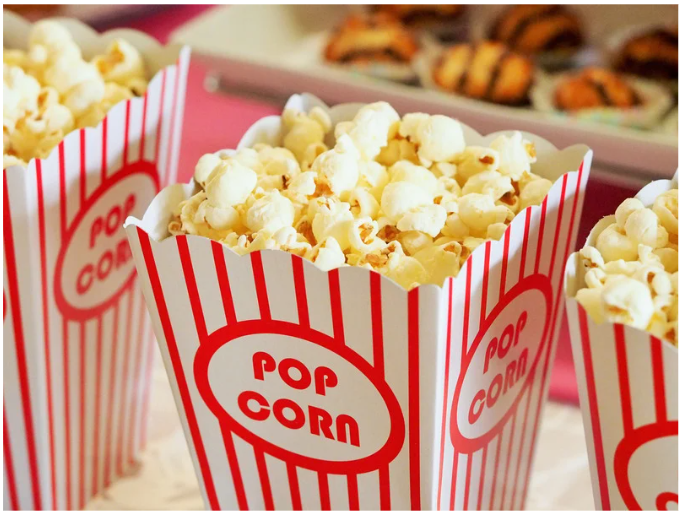Economic Pulse: BIA’s Monthly Quick Take for December 2023
Author: Nicole Ovadia, VP, Forecasting BIA
Happy Holidays! The festive season is officially upon us as we all check our lists twice and scan our long to-do lists. Many have begun getting ready for the holidays by shopping – Black Friday online spending was projected to be up 5.7% over last year. And early indicators are that it was even more successful than that with $9.8 Billion in sales – up 7.5% over last year. So, let’s take some time to talk about three verticals that I expect will have a surge in holiday advertising spending.

The most important change and trend that we have seen develop and deepen during 2023 is the shift in consumer spending from “material” to “experiential.” We are continuing to see that people are spending despite inflation and prices remaining high so much so that during 2023 we have seen a rise in credit card debt for the average American household. But consumers are not willing to go into debt for just anything – they want an experience to remember, and they are willing to splurge for it.
Three sectors that are changing and evolving in an effort to meet these “experiential” consumer needs around the holidays are: Jewelry, Restaurants and Cinemas.
Jewelry has always shown a spike in advertising around the holidays (and February for Valentine’s Day). What is interesting to note is the changes in messaging – both the platforms being used to deliver the message and the content of the messaging.
First, we are seeing more spending on OTT and other Digital media in the hopes of reaching younger consumers. Second, consumers are becoming more mindful of the source of their luxury jewelry and lab-grown diamonds are surging in popularity. Why? Because it’s all about the experience.

At first, when lab-grown diamonds entered the market in the 1980s, they were a cheaper alternative to mined diamonds and marketed that way. This relative low cost of lab-grown diamonds versus mined diamonds remains true today but the marketing messaging is shifting and it’s not about the price savings so much anymore. Instead, lab-grown diamonds are being touted as “environmentally and humanely” superior to mined diamonds and this is resonating with consumers. The jewelry industry is changing with the evolving priorities of consumers.
The same can be said for sit down restaurants this holiday season. Consumers are cutting back on the number of times they are dining out however, when they do go out to eat, the average check size is larger than it has been in the past. This is leading to a much more competitive advertising atmosphere for in-restaurant dining. If a consumer who used to go out 4 or 5 times a month is now only going out twice a month, restaurants need to compete more heavily to be the destination.

Finally, the last vertical that is shifting strategy this holiday season due to consumer demand for experiences is the movie industry. It has been very difficult to get people to go back to movie theaters. One massive exception this year was The Barbie Movie which became a cultural phenomenon and shared collective experience for countless women and men of all ages. Even Oppenheimer benefitted by being released at the same time which resulted in a “Barbenheimer” mash-up experience for many couples.
This holiday, there are movies trying to conjure the same magic but, thus far, it’s not working. The Marvels had its worst opening weekend in franchise history. And, while Disney was hoping to do better this year with Wish than they did with last year’s Elemental, that did not pan out as they had hoped with Wish coming in 3rd place over the Thanksgiving weekend. The issue is that neither film has been able to motivate people to leave their homes and enjoy experiencing these movies collectively with family, friends and strangers.
Taylor Swift is figuring this out. Her Eras Tour has been THE experience of the year for many and now that stadium/concert experience is moving to the theaters for the exact purpose of allowing more fans to have and share the experience collectively. I expect to see others try to copy this model, but success will hinge on the value added to the Consumer by sharing this experience with others in a cinema (you can’t trade bracelets with strangers from your couch!)
Looking ahead to 2024, we are expecting this trend of “experience” over “material” to continue and verticals will need to continue to evolve. What will it mean for Home Furnishings when people would rather spend money on a trip to Europe than a new couch? How can they make buying a lamp compete with skiing in Aspen?
These are the campaigns and marketing messages that will grab consumer attention going forward and I look forward to the ways in which verticals will evolve and grow to meet the new demands.

